Boston, often called “Beantown,” is full of history and culture. The capital of Massachusetts has played a key role in American history since its founding in 1630. Famous for its universities like Harvard and MIT, Boston also boasts landmarks like the Freedom Trail, Fenway Park, and the Boston Tea Party Ships and Museum. If you’re looking for the best areas to stay in Boston, you’ve come to the right place.
Boston’s history is rich and deeply woven into America’s past. The city was central to events like the American Revolution. The Paul Revere House, Boston Common, and the Massachusetts State House are some of its main attractions. Given its significant historical place, Boston attracts millions of tourists yearly and offers accommodations ranging from luxury hotels to more budget-friendly options.
Apart from historical landmarks, Boston offers attractions like the New England Aquarium, where you can see a giant ocean tank; the Museum of Fine Arts with an extensive art collection; Boston Public Garden, America’s first public botanical garden; and Quincy Market for a wide food selection and shopping.
Besides being a hub of educational institutions, Boston is known for its sports culture, which includes teams like the Red Sox and the Celtics. The city has an academic vibe mixed with a love for sports. This makes it lively during game days but also laid-back due to its many parks and riverside walks. Nightlife is centered around areas such as Faneuil Hall Marketplace.
Want more details on where to stay in Boston? Keep reading this guide to uncover more about Boston’s fantastic neighborhoods and find your ideal accommodation in this historic city.
Accommodation Options in Boston
The Best Areas to Stay in Boston: A Summary
If you don’t have the time to read the full article, here’s a summary of our best areas to stay in Boston. Keep on reading to find out more information about each of these areas.
- Best location for sightseeing: Downtown
- Best location for nightlife: Fenway Kenmore | Theater District
- Best location for foodies: Waterfront
- Best location for families: Dorchester
- Best location for business travelers: Downtown
- Cheapest area to stay: Boston Metropolitan Area
- Best area for LGBTQ+ travelers: Theater District & Chinatown
What’s the Best Area to Stay in Boston?
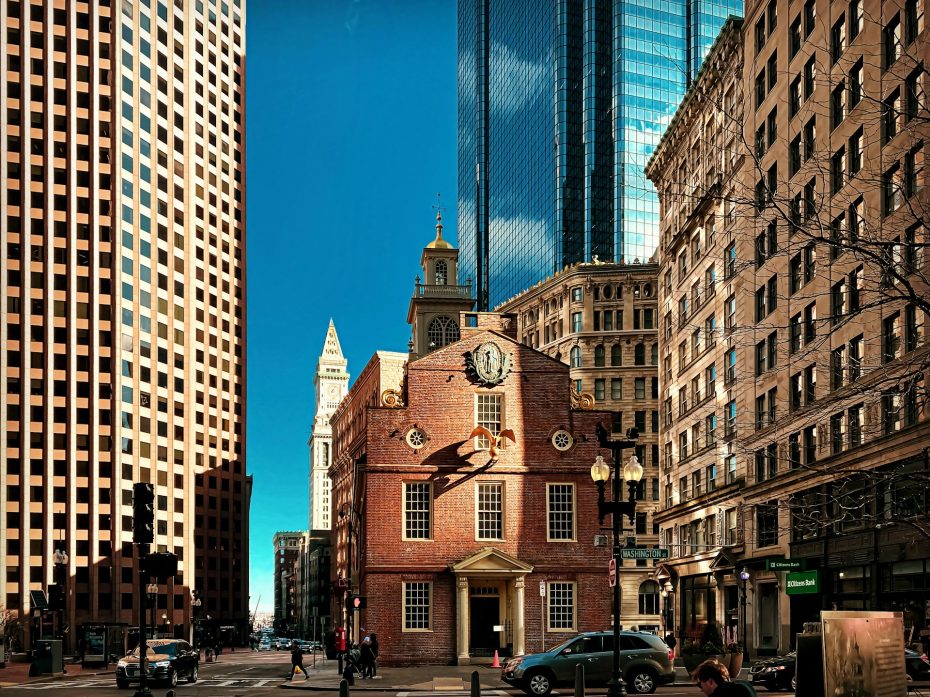
The best area to stay in Boston is Downtown. This lively neighborhood offers access to world-class shopping, dining, and entertainment. With historical landmarks such as the Freedom Trail and Faneuil Hall, Downtown provides a rich cultural experience. Public transportation is convenient, making exploring other parts of the city simple. Attractions like the Boston Common and waterfront add to the appeal. The variety of its nightlife caters to everyone. Overall, Downtown combines convenience with various points of interest, making it an ideal base for exploring Boston.
Find available accommodation in Downtown Boston.
Best Hotels in Downtown Boston
- Best 5-star hotel: The Langham, Boston
- Best 4-star hotel: Boston Yacht Haven
- Best 3-star hotel: The Verb Hotel
- Best budget hotel: Courtyard Boston Downtown/North Station
- Best serviced apartments: 94 Charles Street by Thatch
Best Areas to Stay in Boston for Sightseeing, Nightlife & Business
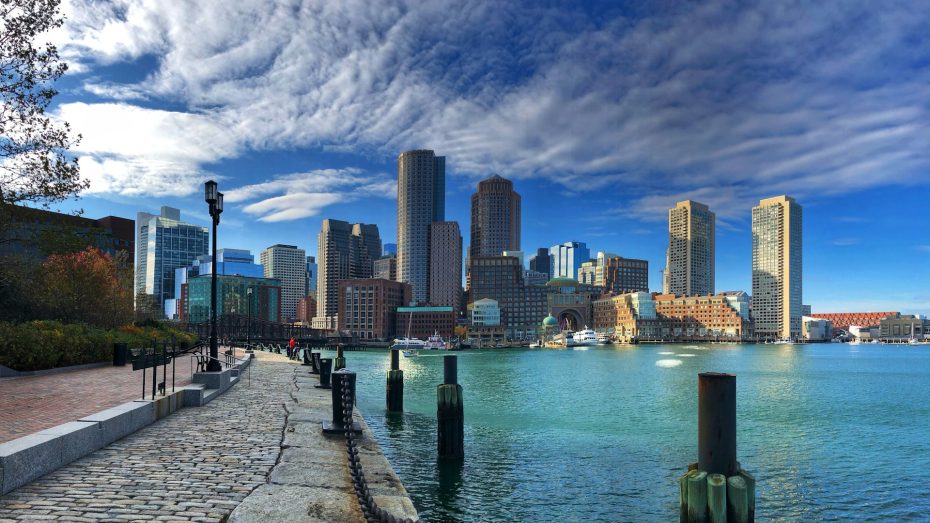
While Downtown is the best location for tourists in Boston, this attraction-packed area is massive and obviously not the only option. Depending on your interests, other areas can be just as fun and convenient. These are some recommended areas to stay in Boston:
- Boston’s Waterfront is known for its stunning harbor views and vibrant atmosphere. It offers a mix of luxury hotels, seafood restaurants, and attractions like the New England Aquarium and Boston Children’s Museum.
- The Theater District and nearby Chinatown are ideal for those who enjoy performing arts and food. The Theater District hosts numerous theaters, while Chinatown offers authentic Asian cuisine and cultural festivals.
- The Financial District features high-rise hotels, fine dining options, and proximity to several corporate headquarters. It also has historical sites such as the Old State House and Faneuil Hall.
- Cambridge is home to prestigious academic institutions like Harvard and MIT. This area is perfect for those interested in universities, museums, bookstores, and a youthful atmosphere.
- Back Bay is characterized by its elegant brownstone homes and upscale shopping on Newbury Street. It provides an attractive mix of boutique hotels, trendy cafes, and cultural venues like the Boston Public Library.
- The South End is known for its vibrant arts scene and Victorian-style row houses. It’s popular among young professionals and artists and also a foodie destination.
- Home to Fenway Park, Fenway Kenmore is a must-visit for baseball fans. It also features several sports bars, casual dining spots, and proximity to cultural institutions like the Museum of Fine Arts.
- Commonly referred to as “Southie,” South Boston features a mix of historic sites and modern developments.
- Allston-Brighton is a lively area known for its student population. It offers affordable accommodations, restaurants, music venues, and a youthful vibe ideal for young adults.
- As one of Boston’s largest neighborhoods, Dorchester offers cultural experiences, family-friendly parks, waterfront strolls along Malibu Beach, and historical landmarks.
The Best Areas for Tourists in Boston: District by District
1. Waterfront
Best Location in Boston for first-time visitors
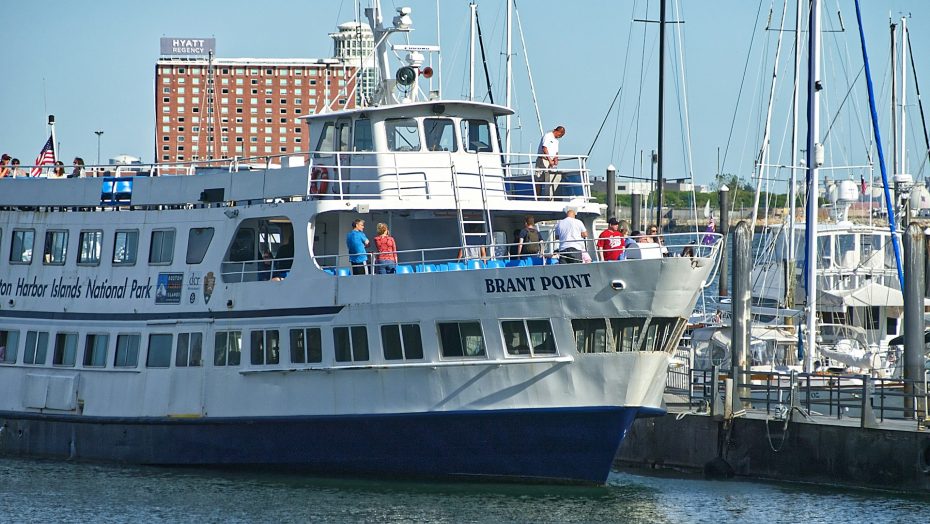
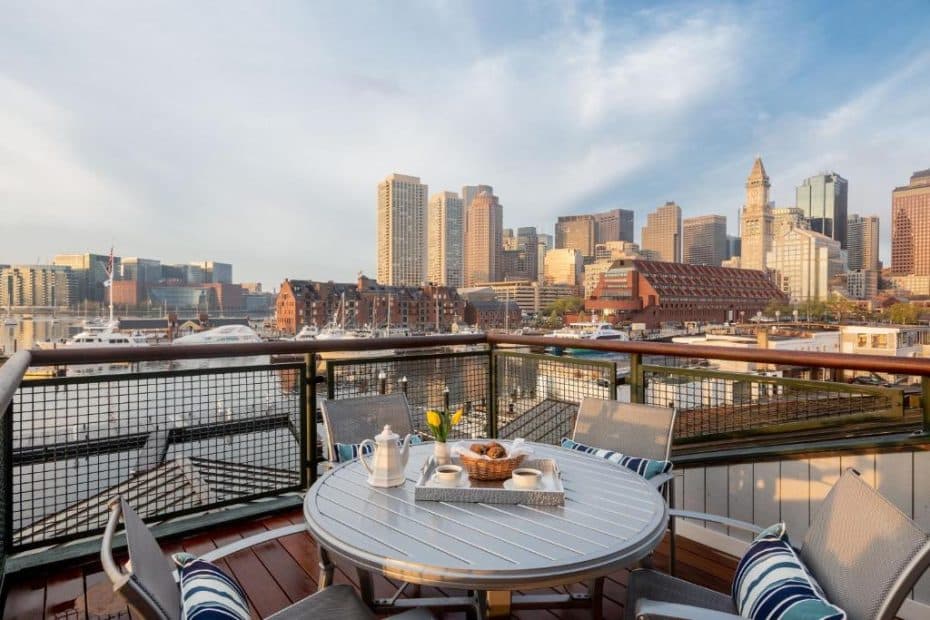
Boston’s Waterfront is situated along the city’s eastern edge, directly abutting Boston Harbor. This location offers impressive views and activities.
-
Why is this the best area to stay in Boston:
- Scenic views of the harbor
- New England Aquarium
- Faneuil Hall Marketplace
- Historic charm
- Waterfront Park
- Seafood restaurants
- Boat tours and ferries
- Quiet atmosphere
- Luxury hotels
- Convenient public transportation options
Situated on the eastern edge of Boston, the Waterfront area stretches across the scenic Boston Harbor. Historically significant, this area was a major center for shipping and trade during the 18th and 19th centuries. Today, it plays an integral role in the city’s identity, offering beautiful harbor views and easy access to numerous attractions.
One notable feature of Waterfront Boston is its proximity to the New England Aquarium. Established in 1969, the aquarium is home to thousands of marine animals and offers a range of exhibits, including the Giant Ocean Tank and outdoor seal exhibits. Long Wharf is just a short walk away, and you can embark on whale-watching tours or harbor cruises here.
The Rose Kennedy Greenway is another prominent feature of the area. This linear park, created as part of the Big Dig Project 2008, provides open green spaces, public art installations, and seasonal food trucks. It’s an urban oasis that links Waterfront Boston with adjacent neighborhoods.
Historical landmarks are everywhere in this area. The Boston Tea Party Ships and Museum provides an interactive experience depicting the famous 1773 protest that marked a pivotal moment in American history. The Institute of Contemporary Art (ICA) also offers contemporary art exhibitions in a striking cantilevered building overlooking the water.
Transportation options in Waterfront Boston include MBTA’s Blue Line, which serves the Aquarium Station. South Station, one of Boston’s key transportation hubs, is within walking distance and offers access to Amtrak services and regional trains and buses.
The nightlife in Waterfront Boston is characterized by numerous bars and restaurants, many of which have harborfront locations and offer seafood specialties and outdoor seating areas with scenic views.
Best Hotels on the Waterfront, Boston
2. Theater District & Chinatown
Best Location in Boston for entertainment
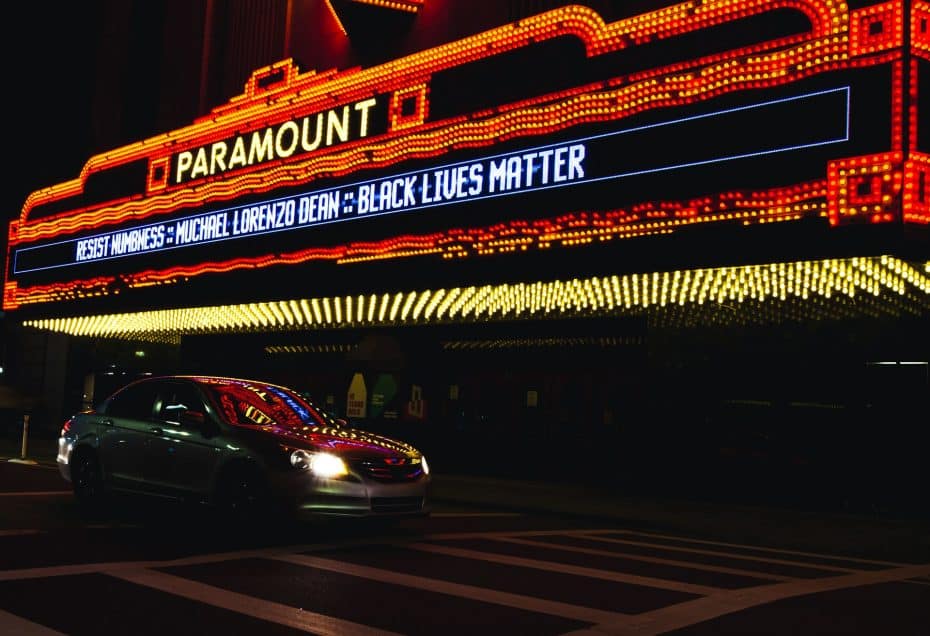
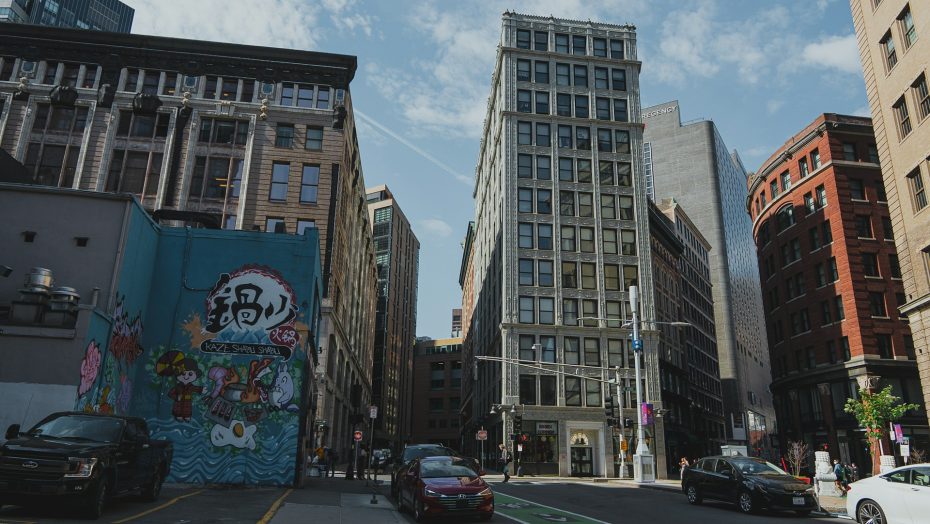
The Theater District and nearby Chinatown are known for their vibrant cultural scene, featuring numerous theaters, Asian cuisine, cultural experiences, and plenty of shops.
-
Why is this the best area to stay in Boston:
- Vibrant nightlife
- Diverse dining options
- Easy access to public transportation
- Rich history and culture
- Close to major attractions
- Unique shopping experiences
- Walkable neighborhood
- Boston Common nearby
Located centrally in Boston, the Theater District and Chinatown are important cultural and entertainment hubs. The Theater District occupies a vibrant section of downtown. This area is renowned for its performing arts venues, with historic theaters like the Boston Opera House and the Colonial Theatre serving as cornerstones. These theaters have hosted countless performances, ranging from Broadway shows to local productions, making the area an essential part of Boston’s cultural landscape.
Chinatown is adjacent to the Theater District, a neighborhood that stands out for its rich history. Its origins date back to the late 19th century, making it one of the oldest Chinatown neighborhoods in the United States. This area offers traditional Chinese and Asian businesses and restaurants.
Historically, both districts have played crucial roles in Boston’s development. The Theater District initially rose to prominence in the early 20th century as a site for vaudeville and stage performance arts. Meanwhile, Chinatown served as an immigrant enclave.
An important attraction here is Emerson College’s Paramount Center. Additionally, the annual August Moon Festival in Chinatown is a major cultural event that showcases traditional performances and culinary delights.
Nightlife in these neighborhoods is one of the best in Boston. Numerous theaters offer evening performances, and Chinatown offers a variety of dining options. Night owls will appreciate the many nightclubs and live music venues scattered throughout the area.
Both districts are serviced by multiple MBTA lines, including the Orange Line at Chinatown Station and the Green Line at Boylston Station.
Accommodation in these neighborhoods ranges from high-end hotels to budget-friendly options.
Best Hotels in the Theater District & Chinatown, Boston
3. Financial District
Best Location for business travelers
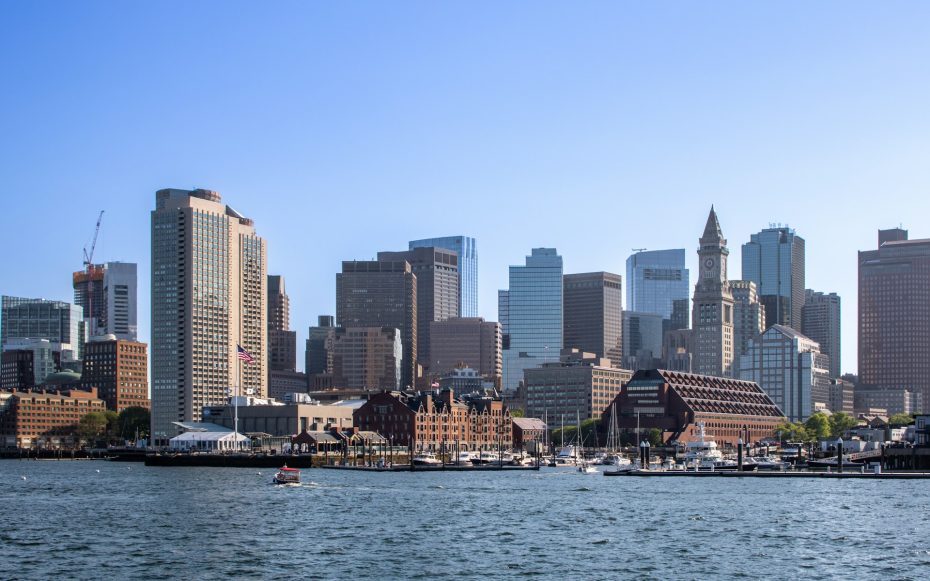
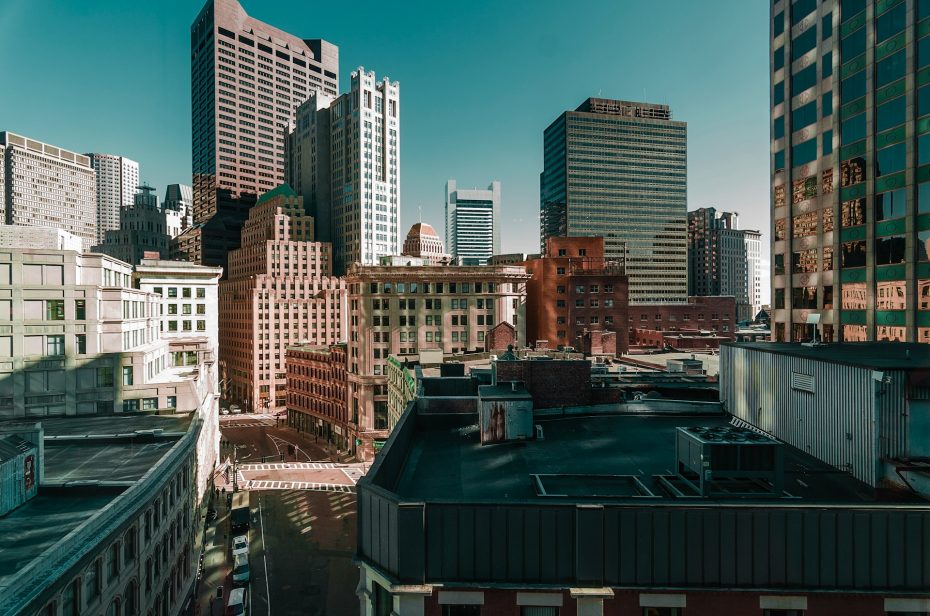
A hub of business activity during the day, the Financial District offers easy access to historic sites like the Freedom Trail and Faneuil Hall.
-
Why is this the best area to stay in Boston:
- Vibrant business hub
- Historic architecture
- Proximity to public transport
- Walking distance to water views
- Fine dining options
- Quincy Market
Located in the heart of Downtown Boston, the Financial District is the city’s commercial and business. It is bordered by State Street to the north, the waterfront to the east, and Downtown Crossing to the west.
This historically significant area includes landmarks such as the Old State House, built in 1713, and Faneuil Hall, built in 1742. The district has grown and evolved since colonial times but remains the city’s heart.
Key attractions include Post Office Square Park, a green space providing a brief respite from the bustling streets. Art enthusiasts can visit the Langham Boston Hotel, which features an art collection open to the public. Another attraction is One Financial Center, a characteristic skyscraper in Boston’s skyline.
The Financial District is well-connected through multiple transportation options. South Station is a major hub offering Amtrak, MBTA Commuter Rail, Red Line subway services, and bus lines. The Blue Line at Aquarium Station provides easy access to Logan International Airport.
Even though it primarily serves as a commercial hub during day hours, nightlife includes venues like bars and upscale restaurants, notably along Congress Street and adjacent areas.
Best Hotels in the Financial District, Boston
4. Back Bay
A great historical area in Boston
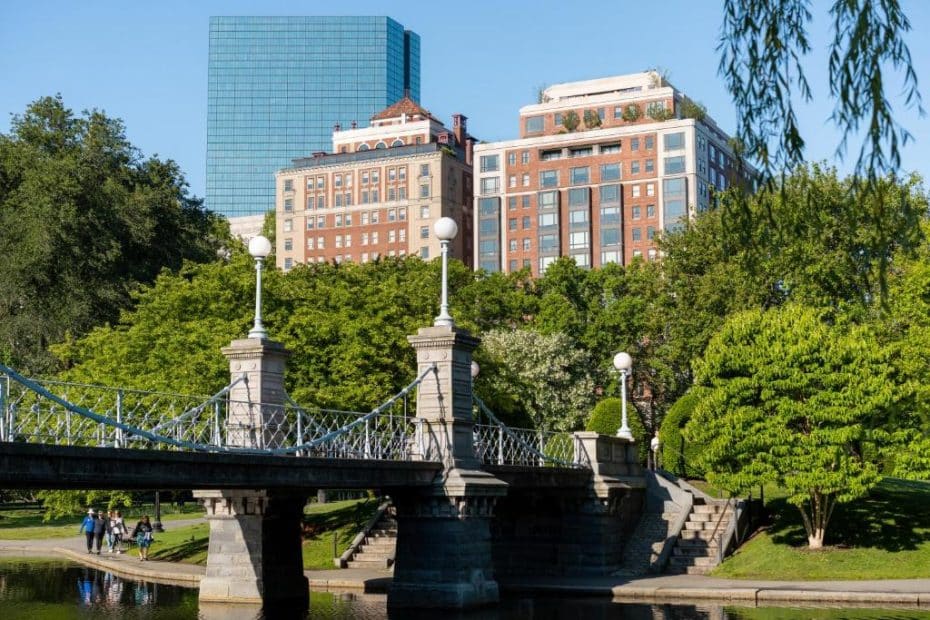
Famous for its Victorian brownstones and upscale shopping, Back Bay is perfect for those who appreciate architecture, high-end boutiques, and gourmet restaurants.
-
Why is this the best area to stay in Boston:
- Vibrant atmosphere
- Upscale shopping at Newbury Street
- Amazing dining options
- Close proximity to Fenway Park
- Accessible public transportation
- Walkable and bike-friendly streets
Back Bay, situated on the western edge of Boston’s bustling central district, is a historic neighborhood known for its grid layout and well-preserved 19th-century buildings. The area is bordered by the Charles River to the north, Massachusetts Avenue to the west, Arlington Street to the east, and Columbus Avenue to the south.
Back Bay was developed in the mid-19th century when a former marshland was filled in to meet the burgeoning city’s need for residential and commercial space. The grid pattern streets and uniform rows of Victorian brownstone homes are iconic features of Back Bay.
One of Back Bay’s most defining features is its concentration of shopping, dining, and cultural landmarks along Newbury Street and Commonwealth Avenue Mall. Newbury Street runs east-to-west through Back Bay and hosts a mix of high-end boutiques, galleries, and cafes within converted 19th-century townhouses. Commonwealth Avenue Mall provides a picturesque green corridor through the neighborhood, punctuated with statues and memorials.
The neighborhood is also home to several significant landmarks. Trinity Church, built in 1877 in a Richardsonian Romanesque style by architect Henry Hobson Richardson, stands in Copley Square. The Boston Public Library’s McKim Building, completed in 1895 by McKim, Mead & White, is another architectural masterpiece with Renaissance influence.
Public transportation is readily available throughout Back Bay, with multiple subway lines servicing different parts of the neighborhood. The Green Line’s Arlington Station gives access to the Public Garden and Boylston Street, while Copley Station connects travelers directly to Copley Square. The Orange Line’s Back Bay Station also serves as an Amtrak hub with regional rail connections.
Best Hotels in Back Bay, Boston
5. South End
The best area for alternative travelers
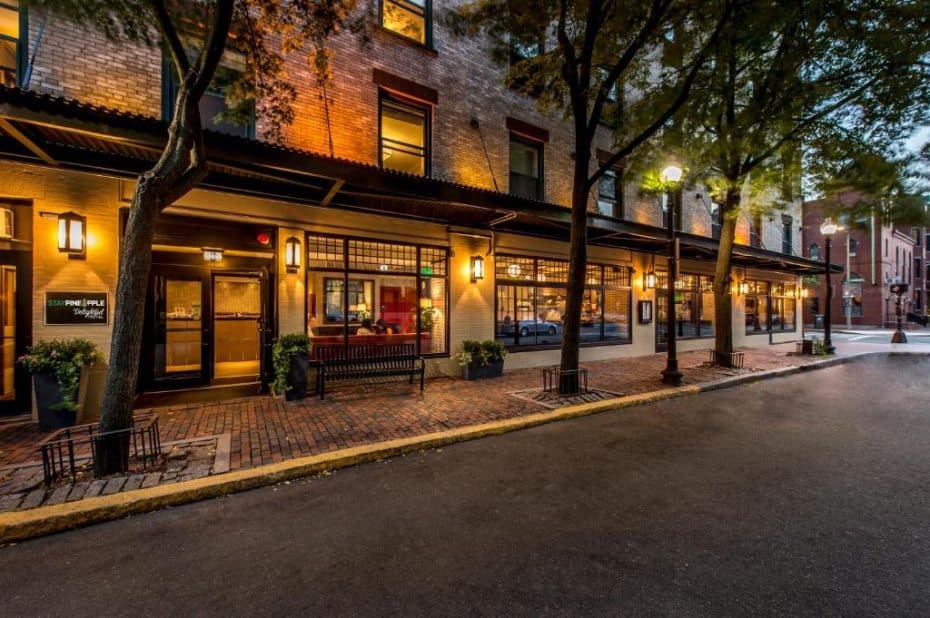
South End is an artistic neighborhood known for its galleries, trendy boutiques, and diverse dining options.
-
Why is this the best area to stay in Boston:
- Close to downtown Boston
- Historic Victorian brownstones
- Vibrant arts and cultural scene
- Upscale dining options
- Beautiful parks
- Boutique shopping
Boston’s South End is a historic and culturally vibrant neighborhood located directly south of the Back Bay and west of Chinatown. It was developed in the mid-19th century as one of Boston’s first large-scale urban renewal projects. Characterized by its rows of Victorian brownstones, the South End is known for its well-preserved 19th-century architecture and tree-lined streets.
Historically, the South End was designed to attract the middle and upper-middle classes, but it experienced significant demographic changes over the decades. It became a melting pot of ethnicities and cultures. It has undergone gentrification in recent decades, transforming into one of Boston’s trendiest areas while retaining a distinct artistic flair.
One of the key attractions in the South End is the SoWa (South of Washington Street) Art and Design District. This area is home to galleries, artist studios, and monthly open markets that draw art enthusiasts. Another highlight is Tremont Street, often called “Restaurant Row,” which features dining options from casual bistros to high-end restaurants.
The South End also offers numerous parks and green spaces, such as Blackstone Square and Franklin Square, providing residents and visitors with serene spots for relaxation. The Boston Center for the Arts on Tremont Street is a hub for regional theater productions and art exhibitions.
Multiple MBTA bus routes serve the neighborhood, and the Orange Line at Back Bay Station provides easy subway access to downtown Boston and other neighborhoods.
Best Hotels on the South End, Boston
6. Fenway Kenmore
The best area for sports fans
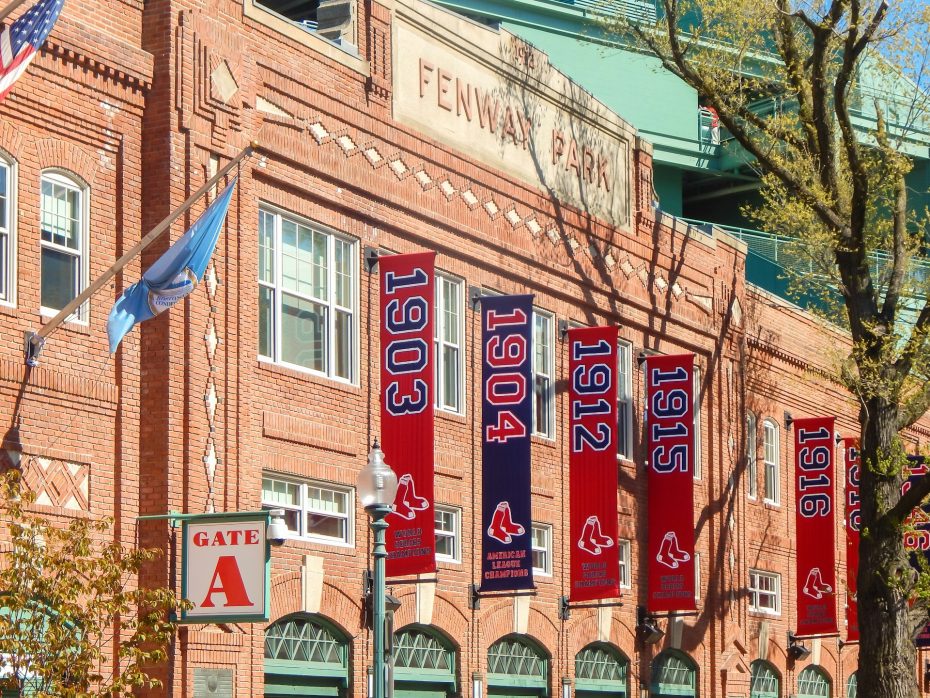
Best known for Fenway Park and the Red Sox, Fenway Kenmore offers more than baseball. It has a vibrant nightlife with plenty of bars, restaurants, museums, and colleges nearby.
-
Why is this the best area to stay in Boston:
- Fenway Park
- Vibrant nightlife
- Kenmore Square’s historic charm
- Cultural diversity
- Boston University nearby
- Eclectic dining options
Located west of the Boston city center, Fenway Kenmore is known for its proximity to several key landmarks and cultural institutions.
One of the most prominent features of Fenway Kenmore is Fenway Park, the legendary baseball stadium home to the Boston Red Sox since 1912. The park is one of the oldest major league baseball stadiums still in use and is an essential site for sports fans. Its iconic green monster wall is well-recognized and respected in the sporting world.
In addition to Fenway Park, the area is rich in cultural offerings. The Museum of Fine Arts, founded in 1870, boasts a vast collection of artwork, allowing visitors to explore pieces ranging from ancient Egyptian artifacts to contemporary art. Another major cultural institution is the Isabella Stewart Gardner Museum, renowned for its unique collection and stunning architecture.
Fenway Kenmore also benefits from its educational institutions. It neighbors several universities and colleges, including Northeastern University and Berklee College of Music. This influx of students contributes to the lively atmosphere of the neighborhood.
The area also features several green spaces, such as The Fens, part of Boston’s Emerald Necklace park system designed by Frederick Law Olmsted in the late 19th century.
Nightlife in Fenway Kenmore is bustling with dining options and entertainment venues. Lansdowne Street, adjacent to Fenway Park, hosts numerous bars and clubs that remain active late into the night.
Transportation in Fenway Kenmore is highly accessible. The MBTA Green Line runs through this area and stops at Kenmore Station, Fenway Station, and others along Commonwealth Avenue.
Best Hotels in Fenway Kenmore, Boston
7. South Boston
A great district to stay in Boston
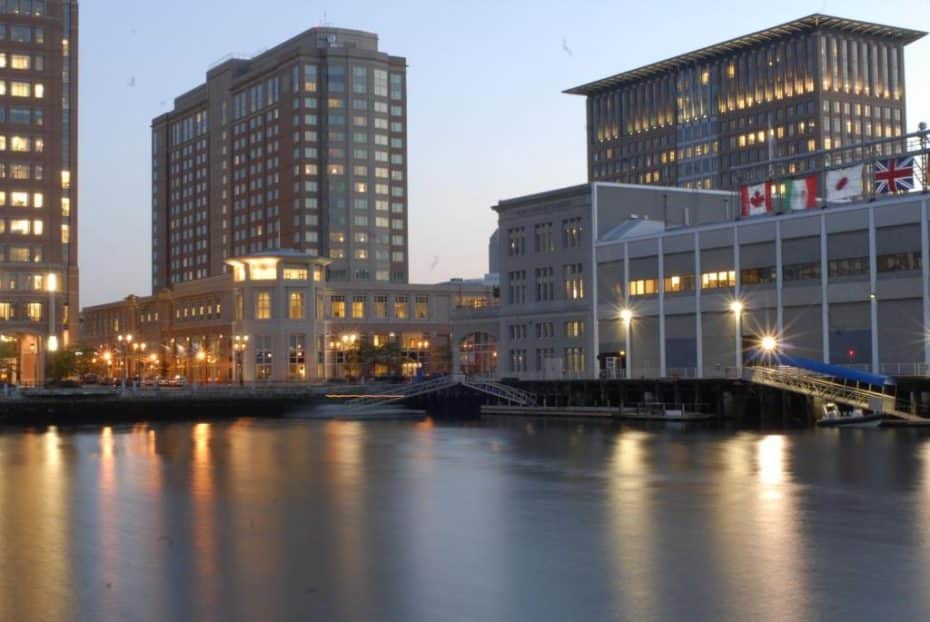
South Boston offers waterfront views from Castle Island Park along with beaches and outdoor activities.
-
Why is this the best area to stay in Boston:
- Beautiful beaches like Carson Beach
- Diverse dining options
- Vibrant arts scene
South Boston, often called “Southie,” is a neighborhood situated south and east of the Fort Point Channel and abuts Dorchester Bay. Known for its strong Irish-American heritage, this area has become one of Boston’s most interesting neighborhoods.
Originally farmland until the early 19th century, South Boston began to urbanize following the construction of the South Boston Bridge in 1804. The neighborhood’s history is notably marked by its role in post-colonial industry and contribution to the city’s growth during the Industrial Revolution. The Irish immigrants who settled here in the 1840s profoundly impacted its cultural fabric.
Regarding attractions, South Boston offers the striking Castle Island, home to Fort Independence, an imposing granite fortification dating back to the early 19th century. This site offers panoramic views of Boston Harbor and is a favorite spot for historical reenactments and local gatherings. Another landmark is Dorchester Heights, where General George Washington positioned cannons in 1776 to end the Siege of Boston, marking a significant event in American history.
Modern-day South Boston features an arts scene centered around the Arts at the Armory, a community art space within a historic armory. For shopping and dining, East Broadway runs through much of the neighborhood and includes numerous local shops and restaurants offering both traditional Irish fare and modern cuisine.
Nightlife in South Boston has evolved significantly over recent years. West Broadway features several popular bars and clubs that draw considerable crowds, particularly on weekends.
Public transportation is readily accessible in South Boston. The MBTA Red Line has stations at Broadway and Andrew Square, directly connecting to Downtown Boston and Cambridge. Additionally, multiple bus routes serve this neighborhood extensively.
Best Hotels in South Boston
8. Cambridge
Best area for Harvard and MIT
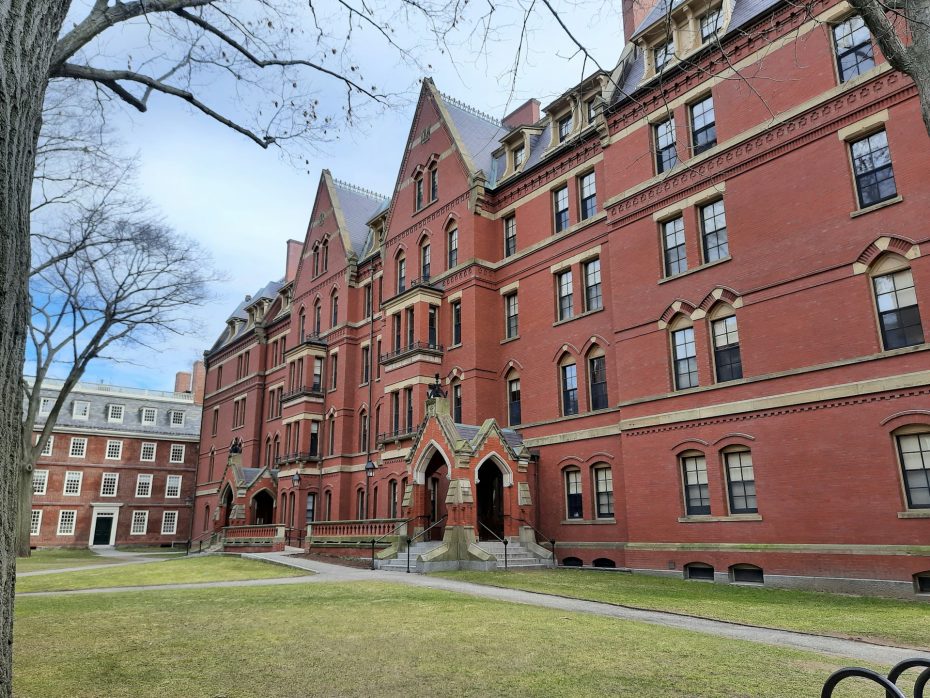
Across the Charles River from Boston, Cambridge is a hub for academic institutions such as Harvard University and MIT. It offers dining, boutique shopping, and culture.
-
Why is this the best area to stay in Boston:
- Prestigious universities
- Vibrant intellectual community
- Charming brick sidewalks
- Harvard Square’s cultural hub
- Abundance of bookstores and cafes
While technically separate from Boston, Cambridge is part of the larger metropolitan area. Located directly across the Charles River from the heart of downtown Boston, Cambridge is easily accessible and offers several attractions and amenities. The city is a renowned academic hub, home to prestigious institutions like Harvard University and the Massachusetts Institute of Technology (MIT).
Harvard Square, adjacent to Harvard University, serves as a cultural and commercial center in Cambridge. The square brims with bookstores, cafes, and street performers, reflecting the area’s intellectual and artistic spirit. Historical landmarks here include the Widener Library and Memorial Hall. Additionally, Harvard Art Museums houses extensive collections that span centuries and global cultures.
Kendall Square, located near MIT, has become a leading innovation district. This area features numerous tech startups and research facilities that foster cutting-edge advancements. In addition to its scientific significance, Kendall Square offers entertainment venues like theaters and dining options.
Cambridge is also well-known for its historic sites. The Longfellow House-Washington’s Headquarters National Historic Site provides insights into American literary history and the Revolutionary War period. Additionally, the Mount Auburn Cemetery is America’s first garden cemetery.
Public transportation in Cambridge is efficient. The Massachusetts Bay Transportation Authority (MBTA) operates several subway lines. Before connecting to Boston, the Red Line runs through key areas such as Harvard Square and Kendall Square. Numerous bus routes complement this network.
Best Hotels in Cambridge, MA
9. Allston/Brighton
A budget-friendly area in Boston
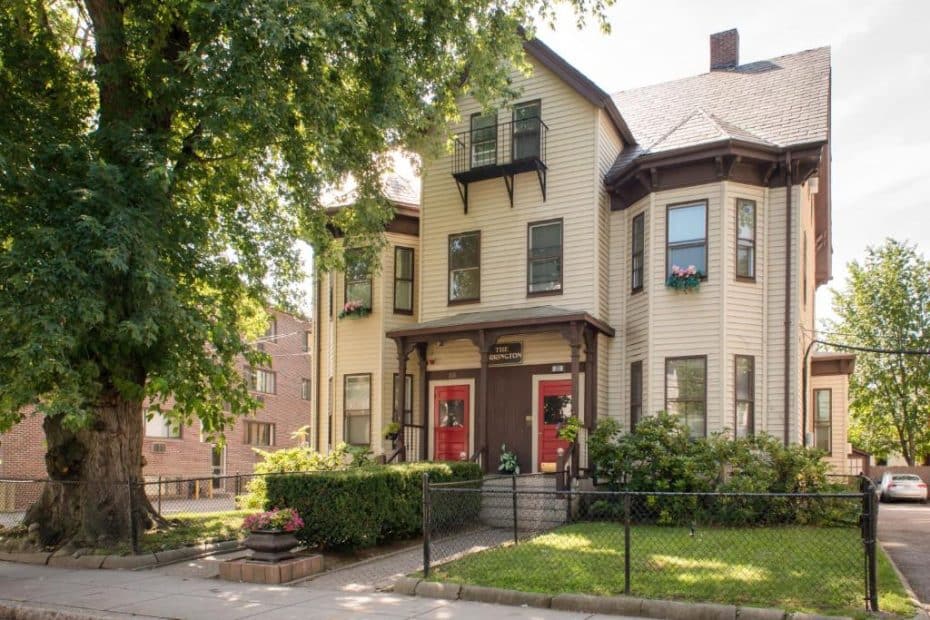
Allston and Brighton are neighboring neighborhoods known for their vibrant student population due to their proximity to Boston University and Boston College.
Allston/Brighton is a dynamic and vibrant neighborhood located in the western part of the city. Situated along the banks of the Charles River, it offers a unique and diverse mix of residential, commercial, and academic areas. With its rich history and close proximity to renowned universities, Allston/Brighton is a popular choice for students, young professionals, and families alike.
One of the notable features of Allston/Brighton is its thriving arts and cultural scene. The neighborhood has numerous art galleries, music venues, and theaters. Additionally, there are several parks and green spaces where you can enjoy outdoor activities such as jogging, biking, or picnicking.
For history enthusiasts, Allston/Brighton offers a glimpse into the past with its historic landmarks and architecture. The neighborhood features a mix of Victorian and colonial-era homes, some of which have been beautifully preserved. The Boston College campus is a must-visit attraction, known for its stunning Gothic architecture and picturesque city views. Another notable site is the Brighton Allston Heritage Museum, where visitors can learn about the area’s history.
Allston/Brighton also boasts a vibrant food and dining scene. From trendy cafes to ethnic eateries, you’ll find everything.
Best Hotels in Allston/Brighton, Boston
10. Dorchester
A great district to find accommodation in Boston
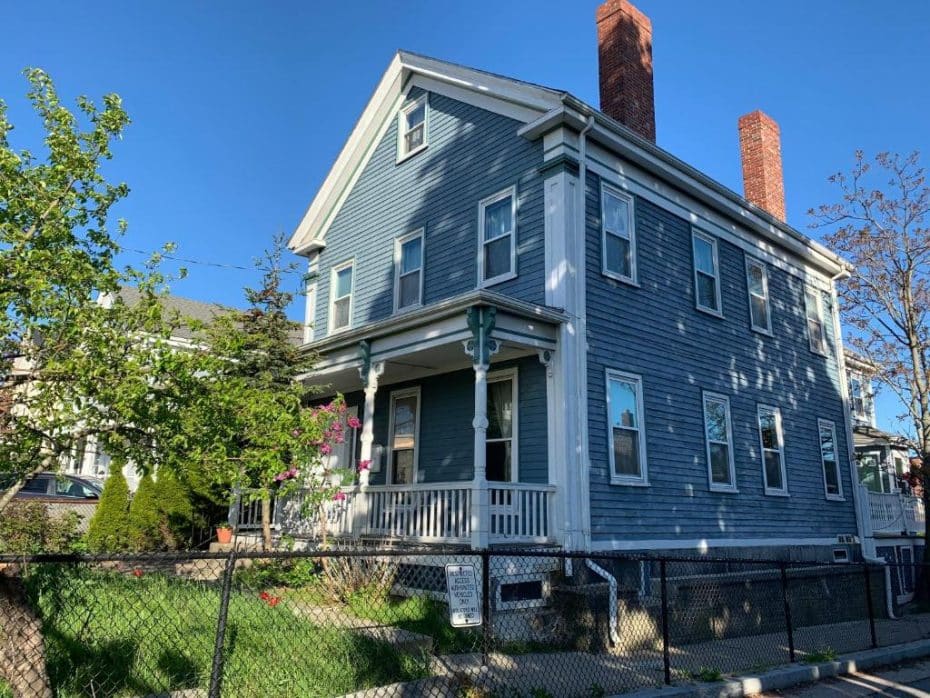
Dorchester is a diverse residential neighborhood home to the John F. Kennedy Presidential Library and Museum.
Dorchester is a large and diverse neighborhood in the southern part of Boston. It was established in 1630 and annexed to Boston in 1870, making it one of the oldest neighborhoods in the city. It has evolved over centuries and now includes a variety of architectural styles from different periods.
One of Dorchester’s significant landmarks is the John F. Kennedy Presidential Library and Museum on Columbia Point. This library offers historical artifacts and multimedia displays detailing the life and legacy of the 35th President of the United States. Nearby lies the Edward M. Kennedy Institute for the United States Senate, which provides educational exhibits about the American government and public service.
The natural scenery includes places like Franklin Park, a part of Boston’s Emerald Necklace park system designed by Frederick Law Olmsted. It offers lush green spaces perfect for picnics, sports, and leisure activities. For those interested in architecture, the First Parish Church is noteworthy for its 19th-century meeting house structure.
Dorchester also features various dining options reflective of its culturally rich community. The food choices are numerous from Vietnamese cuisine in Fields Corner to Caribbean flavors around Codman Square.
Regarding transportation, Dorchester is well-connected via the Massachusetts Bay Transportation Authority (MBTA). The Red Line services several stops within Dorchester, including Ashmont, Savin Hill, Fields Corner, and JFK/UMass stations.
Best Hotels in Dorchester, Boston
Where to Stay in Boston: Useful Information
Boston, a vibrant city on the east coast of the United States, is easily accessible by air, train, and car. Logan International Airport connects Boston with cities worldwide. Amtrak trains and major highways also serve the area well.
Boston’s size is moderate, with a compact downtown area surrounded by distinct neighborhoods. Thanks to its grid layout and well-marked streets, navigating the city is straightforward.
The city is very walkable, particularly in North End and Back Bay. Public transportation includes buses, trolleys, and the subway system known as “the T.” Key tourist stations are Park Street, Government Center, and South Station.
Try local foods like clam chowder, lobster rolls, and Boston cream pie. These dishes are widely available at popular spots around town.
Boston experiences all four seasons distinctly. Winters can be cold, with temperatures often below freezing. Spring brings moderate weather with temperatures around 10-15°C (50-59°F). Summers can be warm and humid, with temperatures ranging between 20-30°C (68-86°F). Fall is pleasant with cooler temperatures around 10-20°C (50-68°F).
While in Boston, visit the Freedom Trail for a walk through American history. Other attractions include Fenway Park, the Museum of Fine Arts, and Boston Common.
For accommodation, consider staying in the Back Bay area with its beautiful Victorian brownstones. The North End offers historic charm and great dining options. Cambridge, just across the Charles River, provides a lively atmosphere near Harvard University.
If you’re traveling on a budget, look for accommodations outside downtown but close to public transport lines. Allston and Brighton are good options, offering affordable places to stay.
When booking accommodation in Boston, consider staying near subway stations to make getting around easier without the need for expensive taxis or rideshares. Always check reviews for recent guest experiences to ensure you choose a place that meets your needs.
Best Areas to Stay in Boston: Frequently Asked Questions
Downtown and Back Bay are among the best areas to stay in Boston. Downtown offers proximity to major tourist attractions such as Faneuil Hall, the Freedom Trail, and the Boston Common, making it ideal for first-time visitors who want to be in the heart of the action. It also features a range of restaurants, shopping opportunities, and historic sites. On the other hand, Back Bay is known for its beautiful brownstone buildings, upscale shopping on Newbury Street, and the picturesque Charles River Esplanade. This area offers a blend of historical charm and modern amenities, making it perfect for those seeking both comfort and culture.
While Boston is generally a safe city, certain neighborhoods are less desirable for tourists due to higher crime rates or fewer amenities. Roxbury and parts of Dorchester have reputations for being less safe than other areas of the city. However, it’s important to note that these neighborhoods are undergoing revitalization efforts and have community-focused initiatives aimed at improvement. Still, travelers unfamiliar with Boston might want to prioritize staying in more central or well-known neighborhoods like Downtown or Back Bay for convenience and peace of mind.
Yes, downtown Boston is an excellent place to stay. It offers easy access to many of the city’s main attractions, such as Quincy Market, the New England Aquarium, and various historic sites along the Freedom Trail. The area is well-served by public transportation, allowing travelers to explore other parts of the city. Staying downtown means walking to numerous restaurants, bars, and shops without needing a car. Its vibrant atmosphere makes it especially suitable for those looking to experience the city’s rich history and culture up close.
Yes, it is generally safe to walk in downtown Boston. The city has a robust police presence and a low crime rate in its central areas. Tourists and residents alike frequently walk around popular destinations such as Faneuil Hall, Boston Common, and the Financial District without issues. However, as with any urban area, it’s advisable to stay aware of your surroundings, especially at night, and follow standard safety precautions like avoiding poorly lit areas and staying in well-trafficked locations.
The main tourist street in Boston is Newbury Street. Located in the Back Bay area, Newbury Street is renowned for its historic 19th-century brownstone buildings that now house a mix of high-end boutiques, art galleries, trendy restaurants, and sidewalk cafes. The street stretches for eight blocks between Boston Public Garden and Massachusetts Avenue and offers a vibrant blend of shopping, dining, and cultural experiences that appeal to locals and visitors.
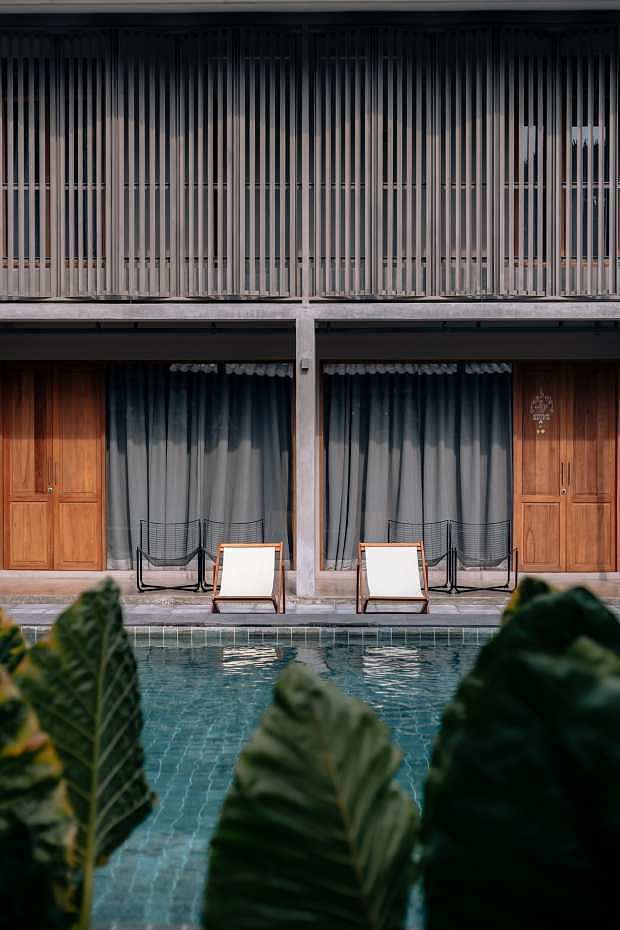



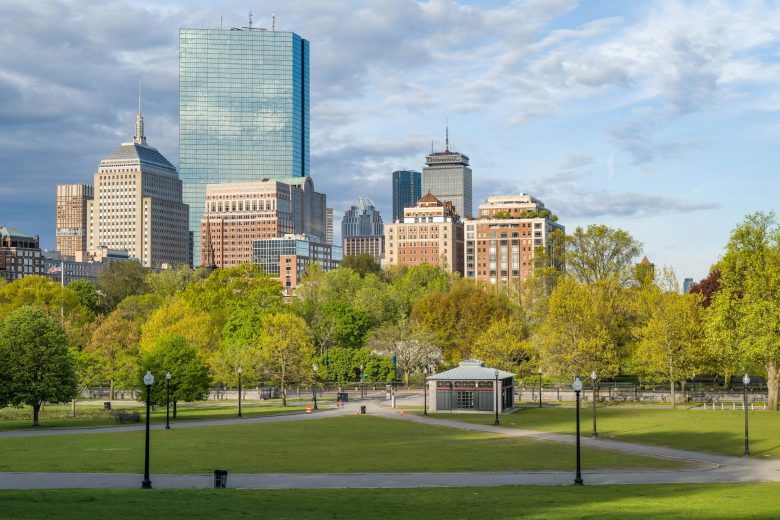
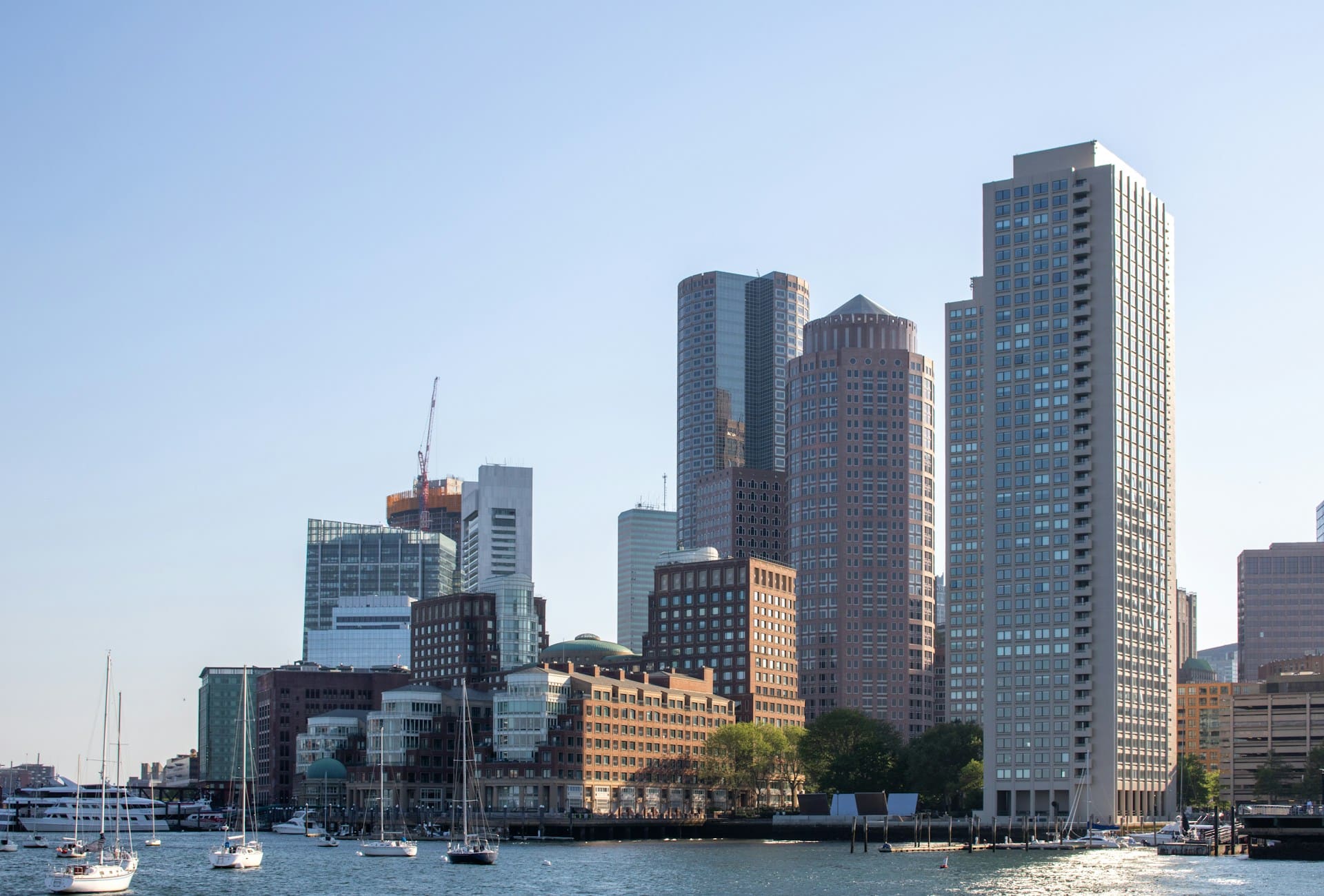


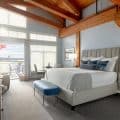
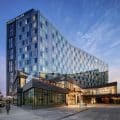
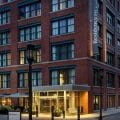
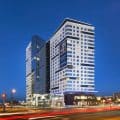
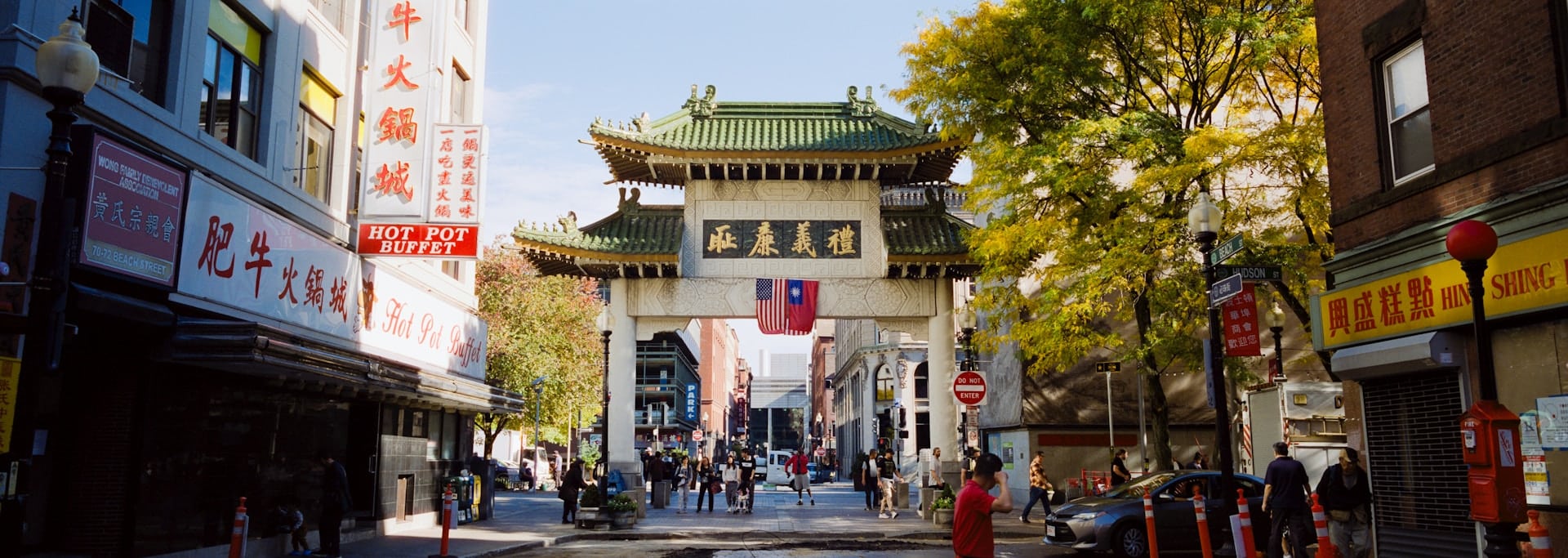
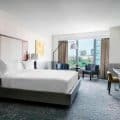
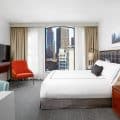
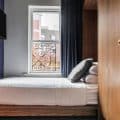
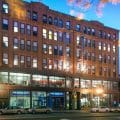
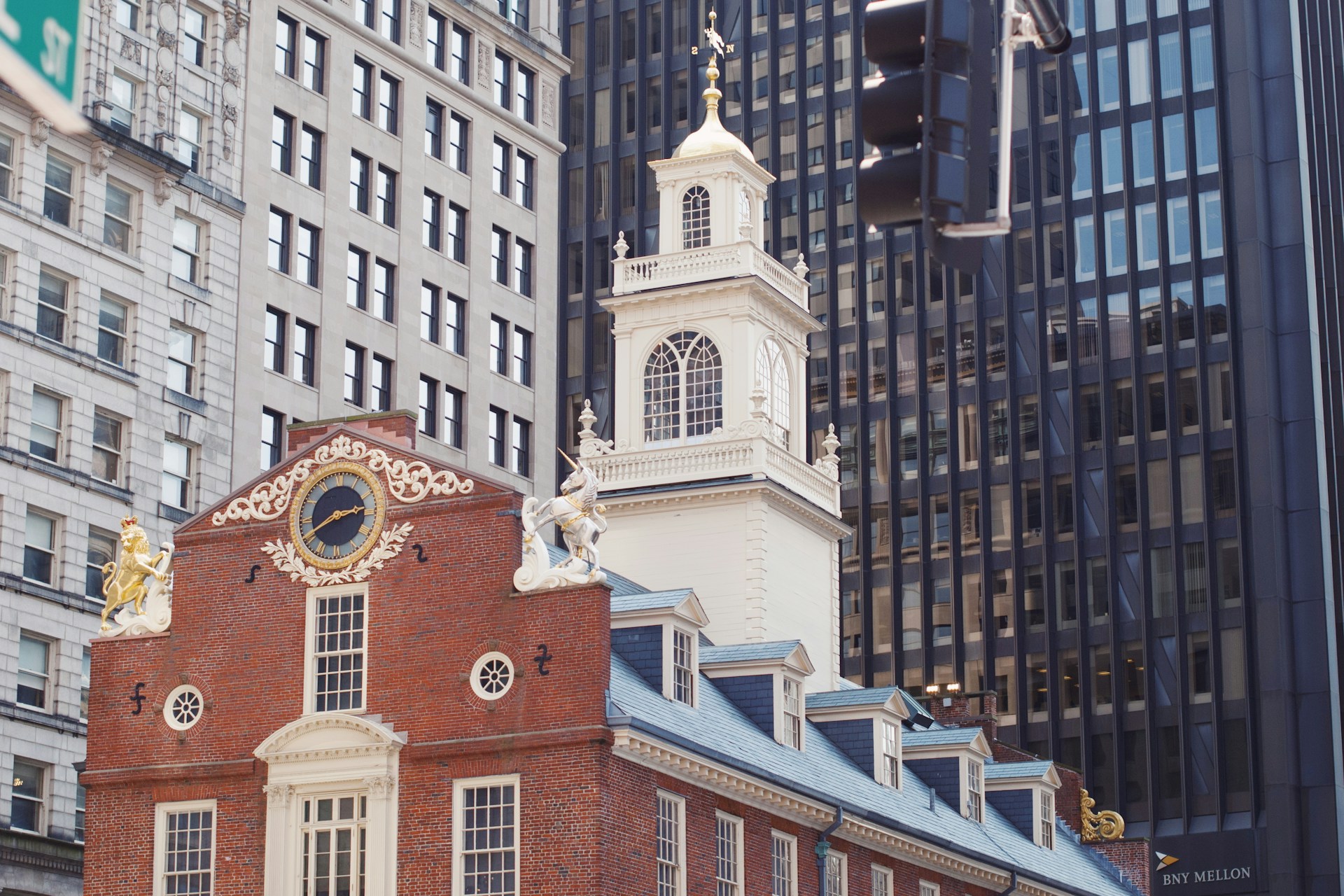
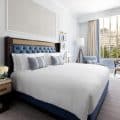

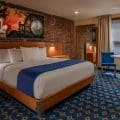
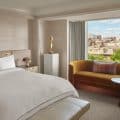
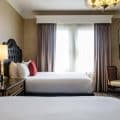
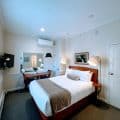

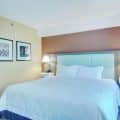

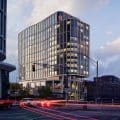

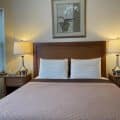
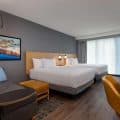
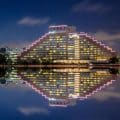
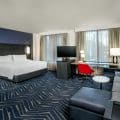
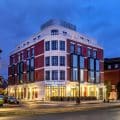
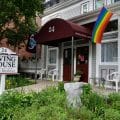
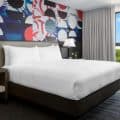
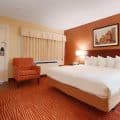
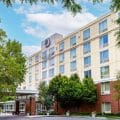


















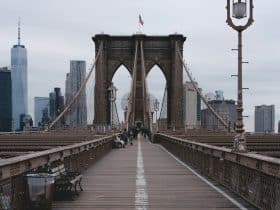
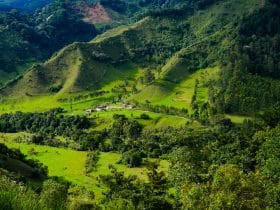
Leave a Reply
View Comments